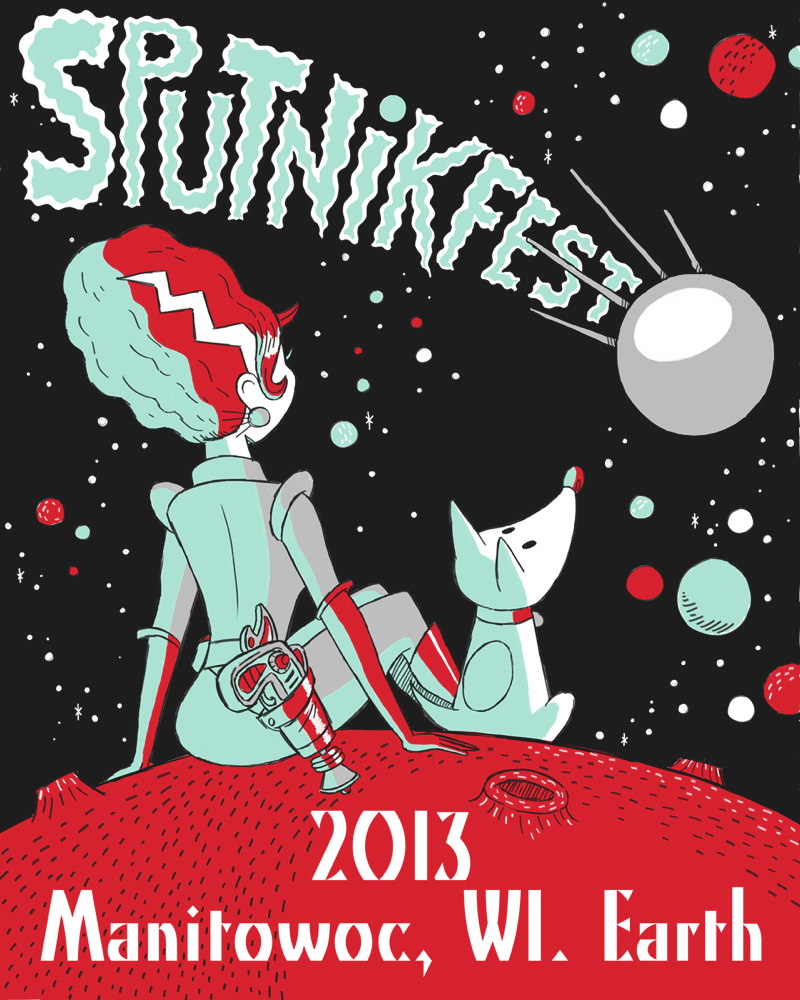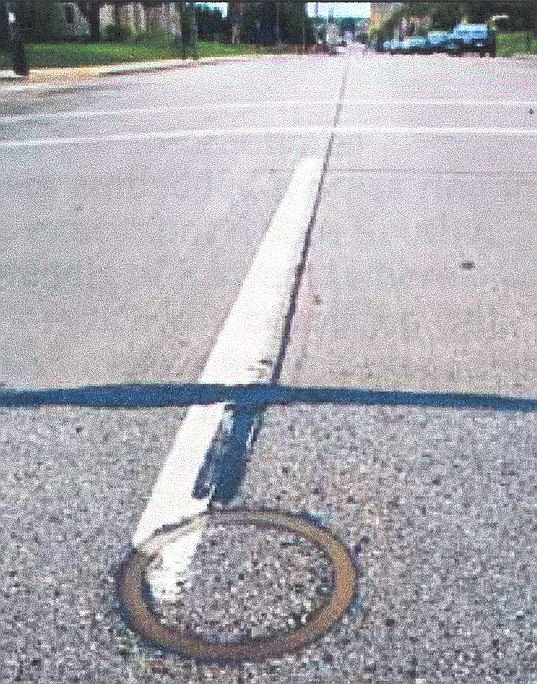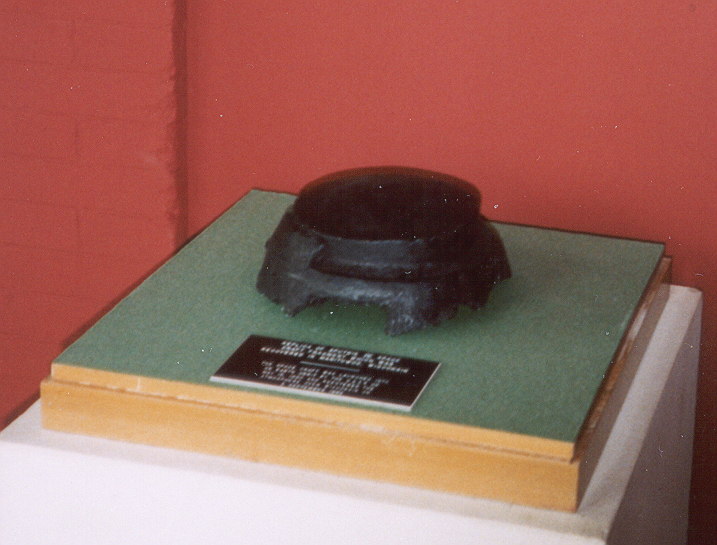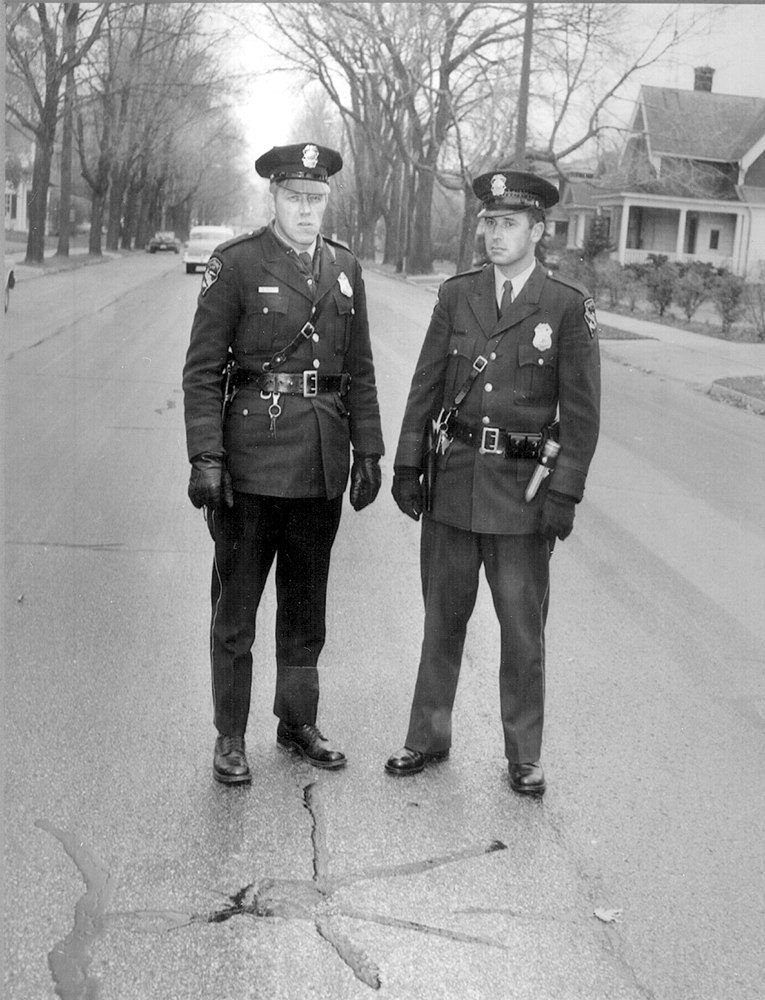
'Sputnikfest': How Wisconsin Celebrates Historic Fall of Soviet Satellite

On Sept. 6, 1962, a hefty chunk of the Soviet Union's Sputnik IV satellite dropped into the middle of the street on the corner of North 8th and Park streets in Manitowoc, Wis.
To this day, that Soviet space encounter with an American city is celebrated at Manitowoc's Sputnikfest, an annual sci-fi and art festival that its organizers call "wacky tacky."
Yes, you've got your Cosmic Cake judging. There's a Miss Space Debris Pageant, too. But the celestial gala also serves as a fundraiser for children's art programs at the Rahr-West Art Museum, the lead coordinator of Sputnikfest. [6 Biggest Spacecraft to Fall Uncontrolled From Space]
Organizers of this year's event, held Sept. 7, tossed out the welcome mat to all onlookers and out-of-towners by asking, "Sputnik landed here...Why don't you?"
Kerplunknik
The 5-ton Sputnik IV flew into orbit in mid-May 1960. According to Soviet officials at the time, the spacecraft carried out testing of Russian life-support equipment to be used later in the country's piloted Vostok spaceship.
But ground controllers botched the craft's re-entry, accidentally shoving Sputnik IV into a higher orbit.
Breaking space news, the latest updates on rocket launches, skywatching events and more!
The satellite went around and around in a space-age version of Russian roulette, finally turning into "Kerplunknik" and plummeting to Earth nearly 28 months later. One disk-shaped object weighing nearly 21 lbs. (9.5 kilograms) wound up in the middle of a Manitowoc street.
Early risers that morning reported seeing as many as 24 pieces of Sputnik IV hurtling through the sky. Some perceived a "thunderlike noise" associated with the falling debris. The largest piece of space junk, seen leading the formation of fragments, is thought to have fallen into Lake Michigan.
Too hot to handle

The hunk of Sputnik IV that fell on the Manitowoc street was heard by a woman near the crash spot. Two policemen patrolling the area at 5:30 a.m. noticed the fragment, but thought it was discarded cardboard. They later stopped and found the object to be metallic, embedded in asphalt and too hot to handle.
Analysis of the recovered debris was performed later by a number of organizations, such as the Smithsonian Astrophysical Observatory, the Massachusetts Institute of Technology, Brookhaven National Laboratory, Los Alamos National Laboratory, the Air Force Cambridge Research Laboratories, and the Carnegie Institute of Technology chemistry department.
Back in those early "space race" days, any insight into what the Soviet Union was up to in satellite-making was considered an intelligence plus.
Remains returned
An initial effort to deliver the remains of Sputnik IV to the Soviet Union was rebuffed by Soviet officialdom, but the Soviets did finally accept the fragment. On Jan. 5, 1963, representatives of the Soviet Embassy in Washington, D.C., formally took back what was left of their 5-ton spacecraft.
A 1972 U.S. Senate report on liability from re-entering space objects lists the Wisconsin incident as event No. 5 in a Space Object Fragment Summary, said Nicholas Johnson, chief scientist of the NASA Orbital Debris Program Office at the Johnson Space Center in Houston.
"The current rate of finding a surviving component of a re-entered spacecraft or rocket body is about one to two per year, like the Delta 1 re-entry in Zimbabwe this year," Johnson told SPACE.com. [Worst Space Debris Events of All Time]

Simple, silly and fun
In the meantime, Sputnikfest is the premier experience that spotlights the sky fall of Sputnik IV.
"The event was, once again, a hit with people locally and nationally," said Greg Vadney, executive director of the Rahr-West Art Museum. "We had folks come in from as far away as Florida, Texas and Arizona for this year's Sputnikfest."
Vadney said that, despite the hot weather (for Wisconsin), people turned out to have fun and experience Sputnikfest. "Sputnikfest is an event where you leave your self-consciousness at the gate,” he told SPACE.com.
Sputnikfest is an excuse to have fun in the name of space history, Vadney said.
"When Sputnikfest was devised six years ago, the thinking was: 'Hey, the fact that a Soviet satellite crashed mere steps from our front door is just wacky. Let's make a festival in that vein — we don't take it too seriously, and we enjoy this crazy era, the 1960s, in space history and in social history.' We keep the event simple and silly and fun," Vadney said.
Alien drop

"It was a really fun event" Manitowoc resident Tina Prigge told SPACE.com. "The Masquers community theater, Wisconsin's oldest continually running theater group, scripted a hilarious reenactment of what occurred back on that fateful day, from the Russian scientists celebrating too early with vodka and pushing the wrong button…to the Manitowoc gumshoes who discovered the fallen debris."
Prigge said this year's festivities included "Sputnik: The Musical," as well as "Alien Drop," which involves tiny aliens with numbers on them that correspond to raffle tickets. The Manitowoc Fire Department uses its ladder truck to stretch high above the brass ring that denotes where a Sputnik IV leftover dinged the same street 51 years earlier. The aliens are dropped from that height, and the alien that lands within the ring, or closest to the ring, wins the cash.
"Oh, and the unique, out-of-this-world costumes that some people wear to the event are so clever," Prigge said. "And there is no shortage of tin foil!"
Leonard David has been reporting on the space industry for more than five decades. He is former director of research for the National Commission on Space and is co-author of Buzz Aldrin's new book, "Mission to Mars – My Vision for Space Exploration," published by National Geographic. Follow us @Spacedotcom, Facebook or Google+. Originally published on SPACE.com.
Join our Space Forums to keep talking space on the latest missions, night sky and more! And if you have a news tip, correction or comment, let us know at: community@space.com.

Leonard David is an award-winning space journalist who has been reporting on space activities for more than 50 years. Currently writing as Space.com's Space Insider Columnist among his other projects, Leonard has authored numerous books on space exploration, Mars missions and more, with his latest being "Moon Rush: The New Space Race" published in 2019 by National Geographic. He also wrote "Mars: Our Future on the Red Planet" released in 2016 by National Geographic. Leonard has served as a correspondent for SpaceNews, Scientific American and Aerospace America for the AIAA. He has received many awards, including the first Ordway Award for Sustained Excellence in Spaceflight History in 2015 at the AAS Wernher von Braun Memorial Symposium. You can find out Leonard's latest project at his website and on Twitter.
